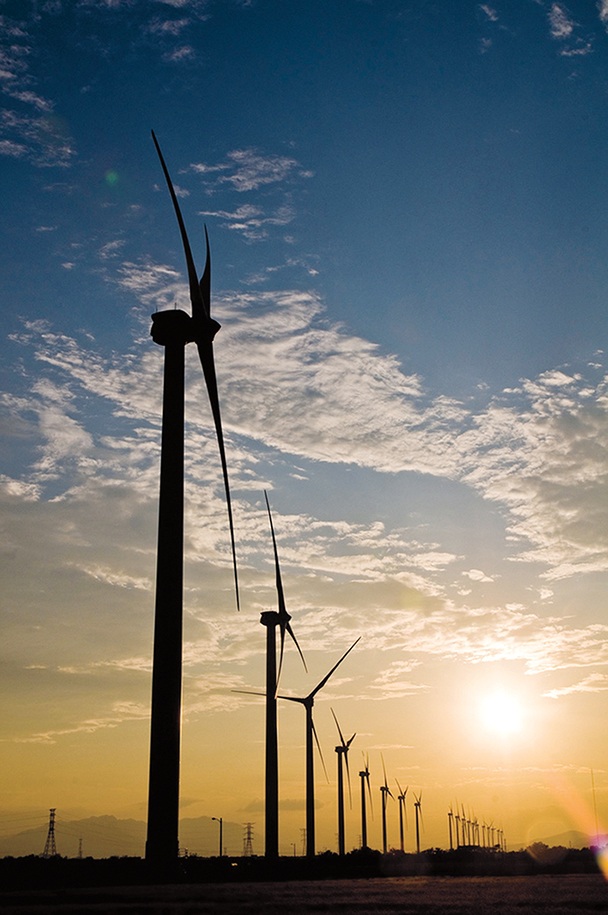Wind Power Supports Retailers Texas Stores
by October 12, 2015 12:00 am 121 views

News from Texas reinforces Wal-Mart Stores Inc.’s leadership in the area of sustainable business practices: Walmart has committed to purchasing 58 percent of the energy generated by Logan’s Gap Wind, a new wind power plant operated in Comanche County by Pattern Energy Group.
Power from Logan’s Gap will help to power 380 Walmart stores in Texas.
Several years ago, Walmart started making significant strides toward operating a sustainable, ecologically aware business. While many in the media and business communities were skeptical, Walmart defied expectations, and has become a trendsetter in the industry.
Walmart experimented with alternative energy sources, invested in recycling, demanded that suppliers reduce or eliminate the use of certain toxic chemicals in their products, and established a strong animal welfare policy for its meat, dairy and egg suppliers. This latest announcement also demonstrates that Walmart is interested in implementing and developing sustainability practices in all areas of its business.
The impact of Walmart’s decision to partner with Logan’s Gap Wind is significant.
“The company said that the annual greenhouse gas emissions saved from the wind plant’s production are equal to those of about 64,000 cars,” Phil Wahba wrote for Fortune magazine in September.
In addition to providing renewable power to its stores, Walmart’s commitment to purchase wind power also has a positive effect on Logan’s Gap and other alternative energy companies. Renewable power companies are often “new kids on the block,” and may not have the kind of backing needed to fully reach their potential.
The assurance of a long-term contract with the world’s largest retailer can help power providers get the financing they need to operate and grow.
“Traditionally, Walmart preferred shorter-term power purchase agreements, but this didn’t help renewable energy projects secure low-cost financing,” Sarah Lozanova wrote for new-media company TriplePundit. “Prior to 2006, the renewable energy industry sought 20-to-25-year PPAs, while Walmart was accustomed to buying power in one-year-or-less contracts.
“Walmart worked to bring the two perspectives closer together,” Lozanova wrote. “Through information and education, Walmart has become comfortable with longer contracts, and helped renewable developers secure financing for much shorter contract lengths.”
Walmart remains conscious, however, of its ongoing commitment to provide everyday low prices to its customers. By tapping into wind power, Walmart can lower its energy bills, and that savings will be used to stabilize Walmart’s value and to continue to keep prices low for its customers.
Wahba noted in Fortune that the company would not disclose its negotiated rates with Pattern Energy or any other supplier.
“A spokesman said the goal is to procure and produce renewable energy at or below utility prices, something that could help with its operating margins at a time of intense competition and massive investments in e-commerce,” Wahba wrote.
As this partnership develops, it will be interesting to track Walmart’s other partnerships with renewable power suppliers around the country. It also bears watching to see if other retailers in large companies follow Walmart’s example.
